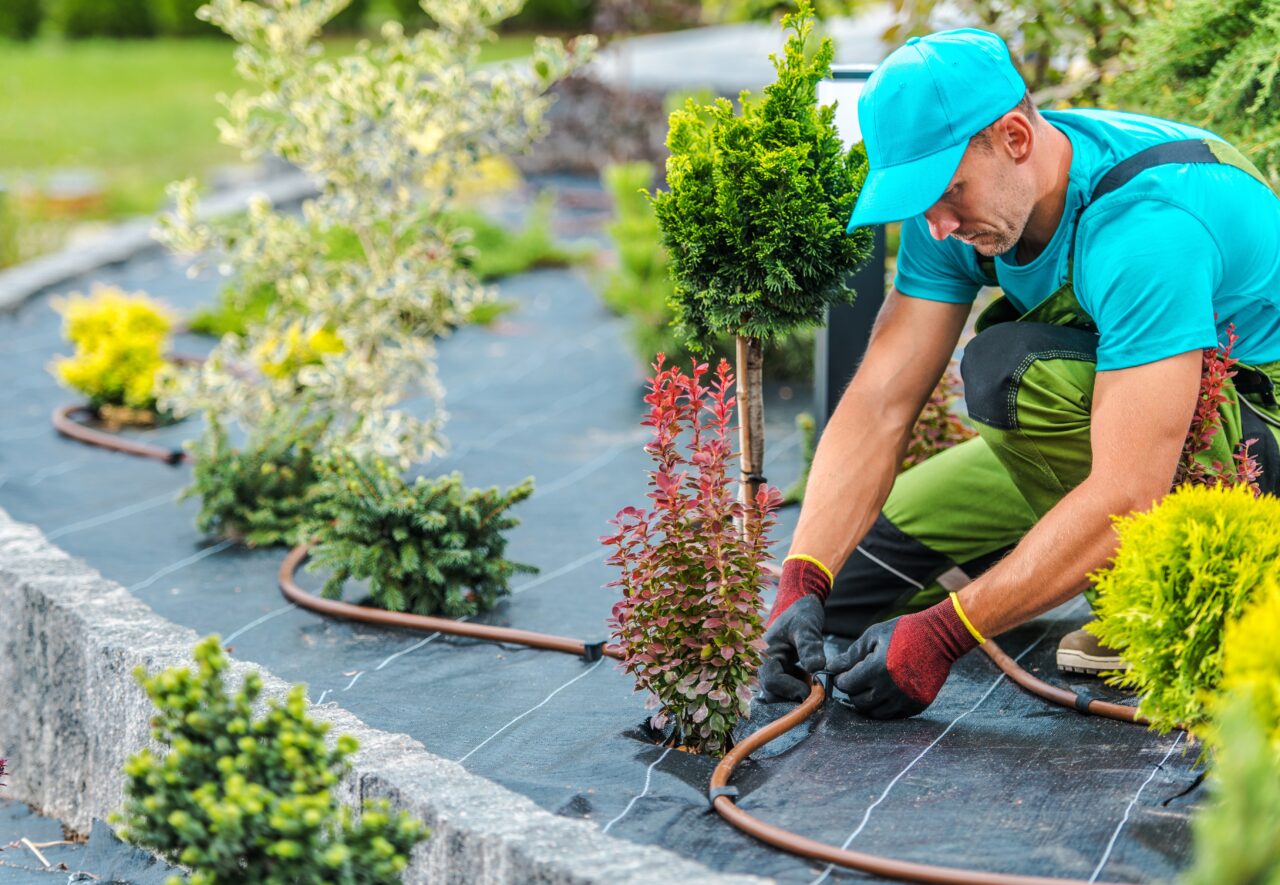If you love the idea of perfecting your business’ landscape, but hate the idea of overspending, you need to know about irrigation audits.
Made to improve efficiency, irrigation audits consist of evaluating the landscape’s irrigation system to discover leaks or other weaknesses that may be wasting water, costing your business more money.
So, what are the steps to irrigation auditing, and what should you be looking for?
READ MORE: The Art and Benefit of Xeriscaping in Florida
DIY-ing Irrigation Audits & Increasing Water Efficiency
Simple Steps
- Place “catch-cups” across your landscape at random. Water will collect, measuring precipitation rates.
- Turn on your irrigation system for a set amount of time, allowing the cups to gather water.
- Measure the amount of water collected in the cups and calculate the average. Then you can ask yourself, “Is this too much water, or too little?”
What to Look For
Uniformity
A big component in irrigation auditing is checking the water is distributed evenly, or in “uniform”. All areas should receive the same amount of water through your irrigation system. If not, you can begin actively looking for a solution.
Precipitation Rates
Discovering your system’s precipitation rates will determine the amount of water delivered throughout the landscape per unit of time. Uniformity comes into play again here, as an unevenly distributed amount can lead to the over watering or under watering of an area. In turn, your plants could suffer, and the whole ordeal will cost you more money than expected.
Sprinklers
Sprinklers are a common method of irrigating a lawn or commercial landscape. Make sure the water reaches every part of your landscape, but also check that it does not spray sidewalks or driveways.
Scheduling & Programming
Some use a scheduling system that will automatically program an irrigation system. To ensure the success of your system, set the water schedule based on your individual plants’ needs, your landscape’s soil type, and the weather in your area.
Benefits of Irrigation Audits
Performing irrigation audits has a wide range of benefits, starting with improved plant health. It’s easy to over or underwater plants if you don’t know the specific needs. Getting to know your plants and their behaviors through this audit can help promote growth while preventing diseases.
Irrigation audits can also help identify areas that may need improvement. They identify leaks and water waste, helping you conserve resources while getting the job done.
As a result of these practices, the cost of having a manicured landscape will go down significantly. Regular auditing will lower water bills, reduce the cost of energy tied to water pumping, and lengthen the lifespan of your irrigation system.
Not sure where to start? Visit our Contact Us page to learn more about irrigation auditing from a professional.


